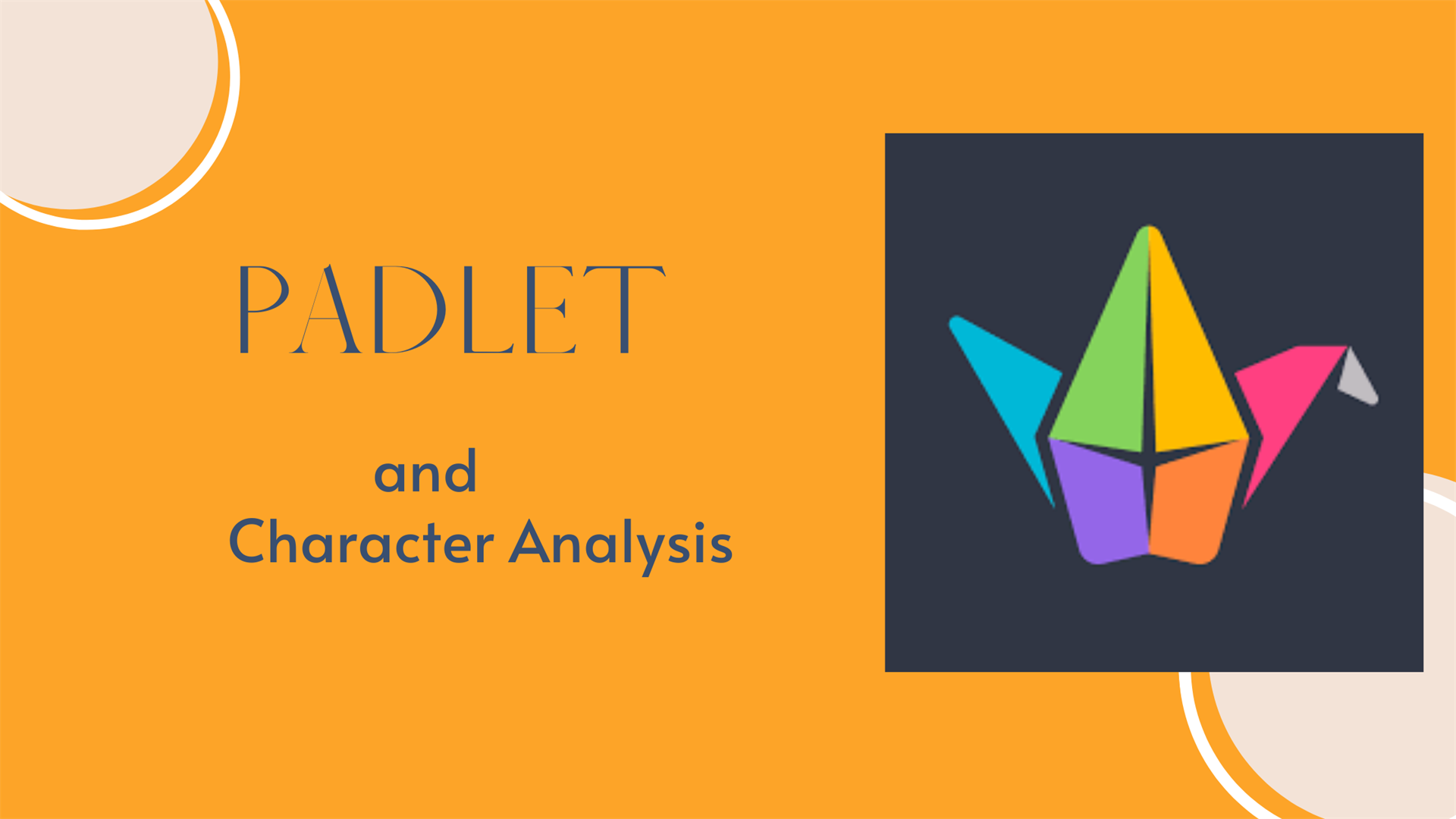
English has always been a strong suit in my book and a passion of mine to learn about and, fortunately these days, teach. That being said, the early years of my teaching career were spent overcoming the common pitfalls and “the way we’ve always done it” mentality. Falling for the way I used to learn and just assuming that was a successful process in this day an age lead me to a rude awakening as I quickly realized how disconnected and disengaged my students were with the novels we read and the discussions we had alongside the work we did in class.
Though the COVID-19 experience in schools was nothing short of terrible there was some rays of sunlight that shone through the darkness. Our county was one of those fortunate enough to convert to a 1:1 technology program with our students and with this implementation came doors opening by the masses to educational opportunities and modernized approaches to learning classroom content and concepts. Eager to change things up in my room I immediately set to work searching for programs, websites, and practices to bring to my students.
Working alongside my fellow grade level teachers and closely with our school’s literacy coach we found several programs we couldn’t wait to try out. Cue the nerves of trying something new and potentially failing, because what teacher doesn’t absolutely dream of stumbling through a lesson and looking like an utter fool in front of teenagers right? Nonetheless risks needed to be taken for any progress or change and with that a characterization lesson was born with the help of Padlet.
Drawn to the sheer simplicity and creative potential of the website soon had me plotting a course to help students understand how character traits work and how they can use context within a novel to help them understand the kind of person a character is and how they could describe by observing their actions, words and behaviors within the story. Ordinarily I’d approach this with a lecture style lesson followed up with your typical “I Do – We Do – You Do” assignment that allows students to read the book and write about what they see as I inevitably watched dozens of eyes glaze over and heads fall onto desks. However, now armed with this padlet lesson I was terrified and eager to try something new.
The conversation started off strong. Rather than lead into the lesson with a lecture we had actual discussions about how you can tell what kind of person someone really is, highlighting all the important ideas and quickly watching the lightbulbs go off in their heads when the realization that those same ideas apply to characters in books, comics, TV shows, movies etc. From there making the leap from literary works to visual applications seemed more like a simple hop, skip and a jump with the help of padlet.
Introducing the website was as easy as posting a link assignment in our Google Classroom for the kids to click on and follow along. Explaining the creative aspect was where the fun really began, showing the students how to create a post was easy enough but watching students create posts using padlet and identifying several character traits for the characters in Animal Farm was where the real fun began. From there students used padlet to add a GIF that applied to their chosen characters and character traits. Watching the students eyes light up and laugh as they searched for and found these GIFs and really engaged with the learning itself, eagerly flipping through their novels to support their traits and accompanying GIFs and flood the padlet with more posts was priceless. By the end of the class there were more posts to the padlet than there were students in the class and more questions from students about doing activities like that in the coming classes.
Jacob Richardson
Grade 10 English Teacher, JMB High School, Wicomico County Public Schools
Twitter: @Teacherman_Jake
Email: Jrichards@wcboe.org

